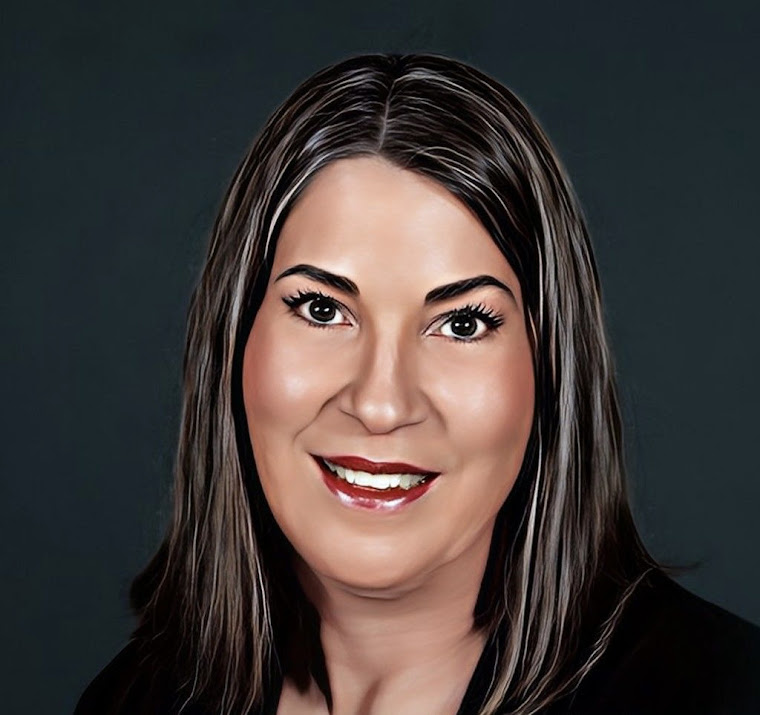“Creativity is the residue of time wasted.”--Albert Einstein
What an interesting program today on Book
TV with author Jonah Lehrer discussing his new book, Imagine: How
Creativity Works. He takes a look at the science behind creative thinking
and shows how it can be applied to solve problems.
Lehrer explains that the first stage of the insight experience
is the stage of impasse--the frustration of hitting the wall. It turns
out that flashes of brilliance all share a few essential features that
scientists use to define what is called the “insight experience.”
According to Lehrer, “When we tell one another the
stories about creativity, we tend to leave out this phase of the creative
process.” This feeling of impasse or boredom is an essential part of the
creative process. When we reach the point of giving up, or let go of our
preoccupation with the problem and allow our minds to wander or be bored,
solutions are more likely to show up. The creative spark that we search
for so diligently, often doesn’t show up until we let go.
The second stage, the part where the idea hits, is
too often recognized as the important moment. However, without the impasse or
boredom moment, the flash of brilliance will remain in hiding. Like the
proverbial watched pot, our brains hit the boiling point when we don’t try to
force it.
What actually happens in the brain just before the
moment of insight? Scientists report that, right before a great idea hits, the
brain is washed by alpha waves emanating from its right hemisphere. The exact
function of the alpha waves is unknown, but we do know how to bring them on.
Distractions to one’s focus, or relaxing activities like
a walk, a warm shower, even a simple board game, will get the alpha waves
pumping. It seems that when our minds are at ease — when the alpha
waves are saturating our brain — we are more likely to direct our attention
inward toward the stream of connections we retain in the right hemisphere. When
we are diligently focused, our attention is outward toward the details of the
problem we are trying to solve.
"It’s not until we’re being massaged by warm water, unable
to check our email, that we’re finally able to hear the quiet voices in the
backs of our heads telling us about the insight. The answers have been there
all along — we just weren’t listening,” Lehrer says.
As parents and teachers, we can help our children
ignite these moments of insight for themselves by giving them space to be
children and not rush them into adulthood; by not scheduling every moment of
their lives; by giving them time for free play; and, perhaps most importantly,
by allowing ourselves some time for flashes of brilliance. As Einstein said, “Creativity
is the residue of time wasted.” We have to get a little bit better at wasting
time.
Lehrer suggests the Compound Remote Associate Problem
activity to test one's ability to see relationships between seemingly mutually
remote ideas, which is an important part of the creative thinking process,
involving fluency, flexibility, and originality.
How about you? Want to test your creative thinking?
Try this Compound Remote Associate Problem activity...
Think of a common word that is associated with all
three words of the triad by formation of a compound word or phrase (e.g.,
age / mile / sand form the compounds stoneage, milestone, and sandstone
with the solution word stone).
For each set below, find the common word that is
associated with all three words given:
1. Broken, Clear, Eye
2. Playing, Credit, Report
3. Barrel, Root, Belly
4. Rock, Times, Steel
5. Sore, Shoulder, Sweat
6. Pine, Crab, Sauce
The solution words are below...
Solution words: 1. Glass 2. Card 3. Beer 4. Hard 5. Cold 6.
Apple


No comments:
Post a Comment